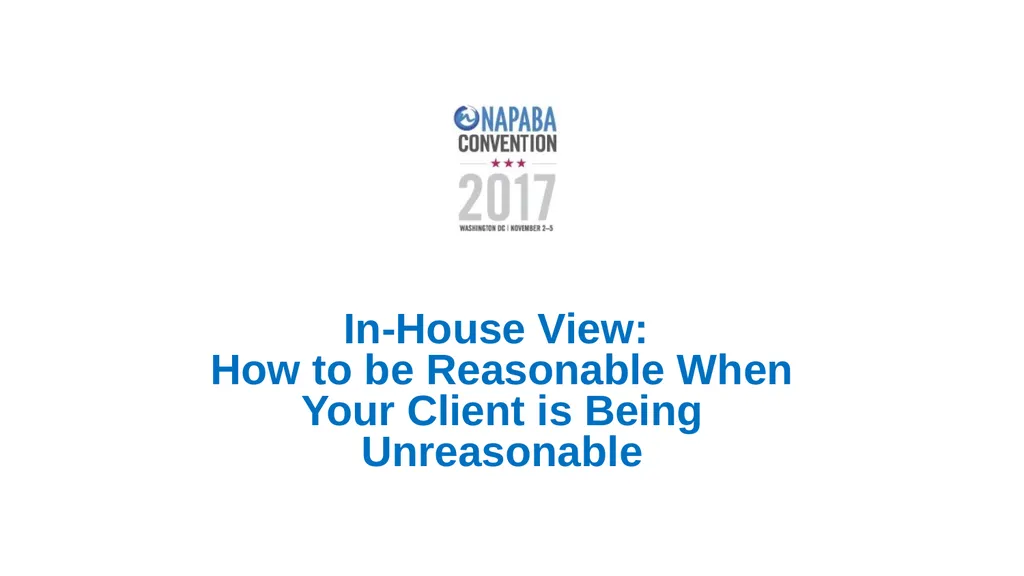
In-House View: How to be Reasonable When Your
Author: alida-meadow | Published: 2025-06-23
Description: In-House View: How to be Reasonable When Your Client is Being Unreasonable Panelists In-House Counsel Panel Speakers Gulzar Babaeva Director Counsel Target Emily Faber-Densley Senior Counsel 3M Company Malika Kanodia Associate Corporate
Download Presentation
Download the PPT/PDF: Download
Transcript:
Loading transcript…